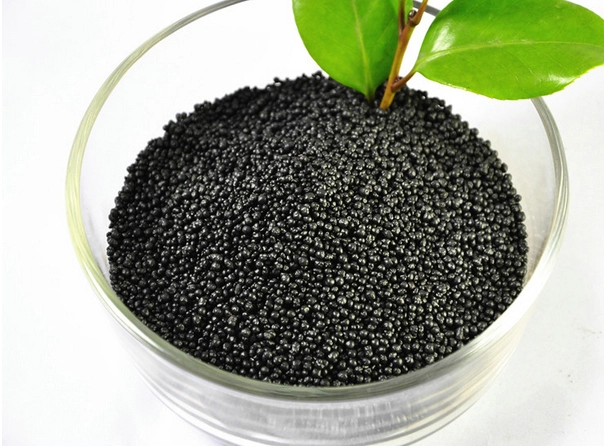Humic acid (HA) is the remains of animals and plants, mainly the remains of plants, through microbial decomposition and transformation, as well as a series of chemical processes and accumulated organic substances. It is a high molecular organic acid composed of aromatic and its various functional groups. It has good physiological activity and functions of absorption, complexation, exchange and so on. It widely exists in soil, lakes, rivers, oceans, peat (also known as peat), lignite and weathered coal. According to the classification of nature, it can be divided into three categories, namely soil humic acid, water humic acid and coal humic acid. In the early 1990s, organic acids such as biochemical humic acid or biochemical fulvic acid could be extracted by fermentation and inoculation.

According to the source, humic acid can be divided into natural humic acid and artificial humic acid. Among natural humic acids, they are also divided into soil humic acid, coal humic acid, water humic acid and mold humic acid according to their existing fields.
According to the generation mode, humic acid can be divided into primary humic acid and regenerative humic acid (including humic acid in natural weathered coal and artificially oxidized coal).
According to the solubility and color classification in the solvent, humic acid can be divided into yellow humic acid, brown humic acid and black humic acid. In the previous literature, there are also the names of gray humic acid, brown humic acid and green humic acid, which are actually separated by different solvents.
According to the natural binding state, it can be divided into free humic acid and (calcium, magnesium) combined humic acid.
According to the degree of humic acid humification (light absorption coefficient and other indicators), it can be divided into type A, type B (real humic acid), type RP and type P (immature humic acid), etc.
Although the classification of humic acid is diverse, it has little impact on our research and application work.
